Between the 1910s and ’70s, more than six million African Americans left the segregated south during ‘The Great Migration’ in search of new lives in the north. Of those that went to New York, many took up residence in the Upper Manhattan neighbourhood of Harlem where, in the interwar period, a movement called the Harlem Renaissance (a term coined by the historian John Hope Franklin) took shape. It was a time of immense cultural reinvigoration in which Black artists such as William Henry Johnson and James Van Der Zee injected a sense of vitality and community into their locales. This cultural revival and its global impact is now the subject of an exhibition at the Metropolitan Museum of Art (25 Feb–28 July). The show also provides audiences with a glimpse into life in cities such as Los Angeles and Chicago through works such as Archibald Motley Jr’s. Blues (1929) and Laura Wheeler Waring’s Mother and Daughter (c. 1927). Many of the 160 works on display come from historically Black colleges and universities across the United States, as well as public and private collections, and are shown alongside depictions of subjects from across the African diaspora. Find out more from the Met’s website.
Preview below | View Apollo’s Art Diary
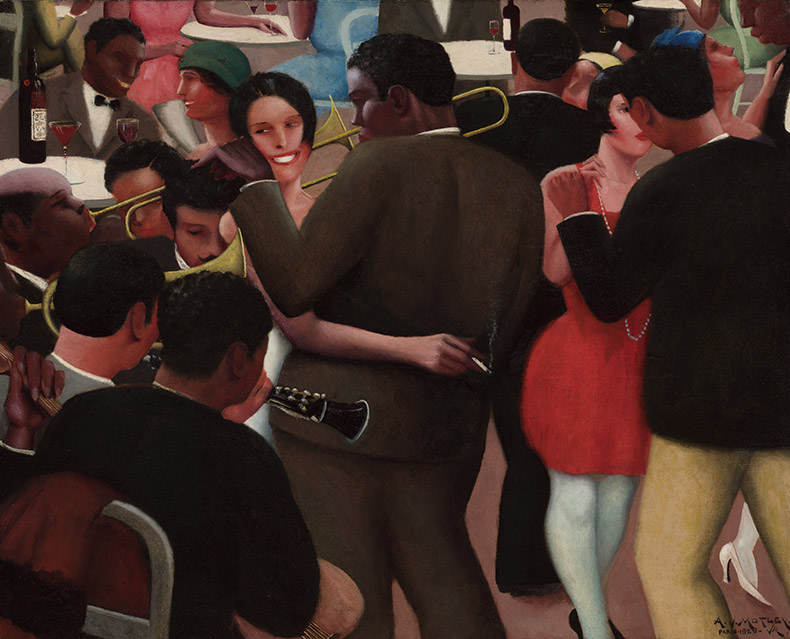
Blues (1929), Archibald J. Motley, Jr. Photo: Juan Trujillo; © The Metropolitan Museum of Art; © Estate of Archibald John Motley Jr. All rights reserved 2023 Bridgeman Images
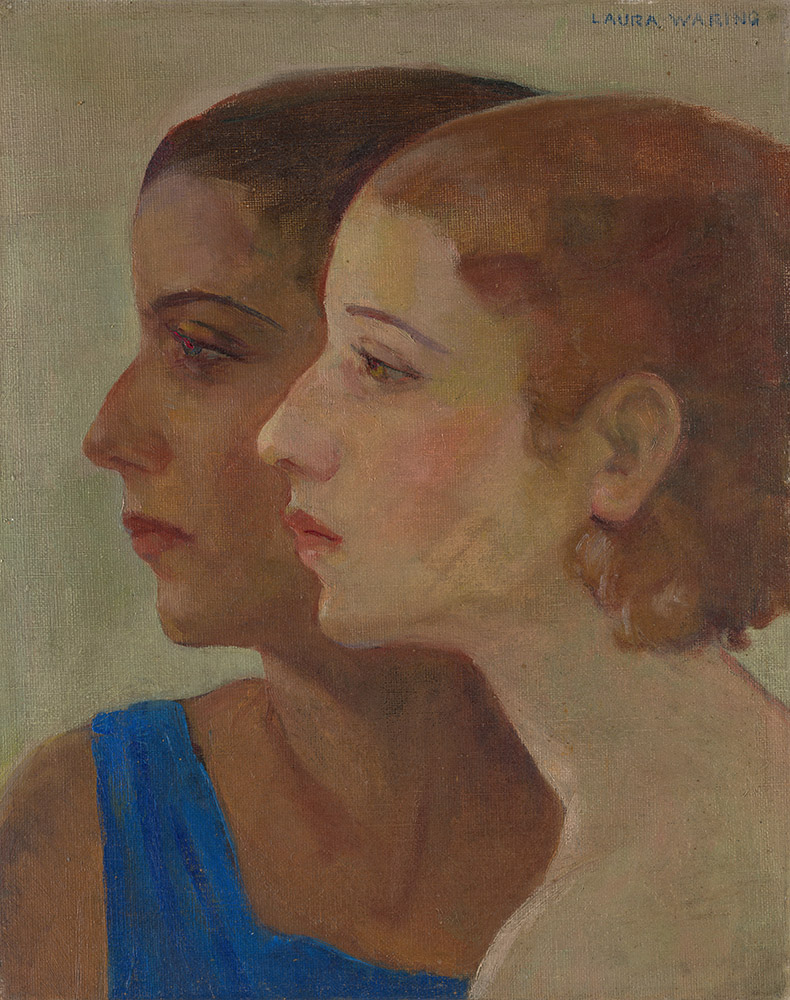
Mother and Daughter (c. 1927), Laura Wheeler Waring. Photo: Juan Trujillo; © The Metropolitan Museum of Art; © the artist
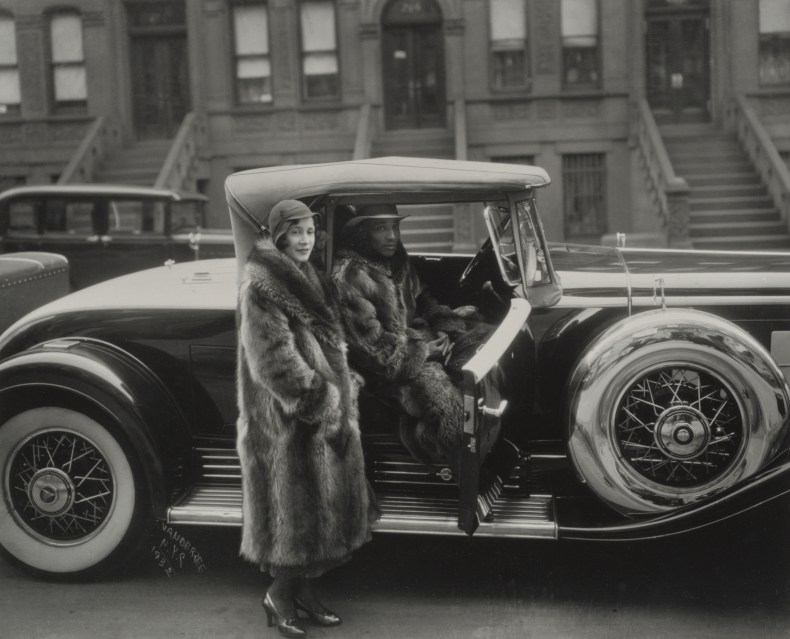
Couple, Harlem (n.d.) James Van Der Zee. Metropolitan Museum of Art; © James Van Der Zee Archive, The Metropolitan Museum of Art
Unlimited access from just $16 every 3 months
Subscribe to get unlimited and exclusive access to the top art stories, interviews and exhibition reviews.


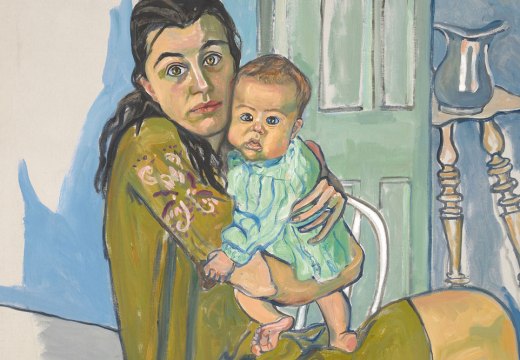

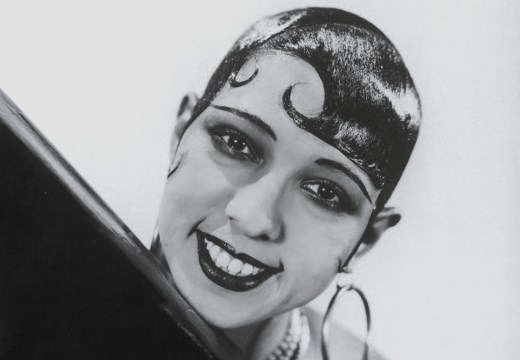









![Masterpiece [Re]discovery 2022. Photo: Ben Fisher Photography, courtesy of Masterpiece London](http://www.apollo-magazine.com/wp-content/uploads/2022/07/MPL2022_4263.jpg)
It’s time for the government of London to return to its rightful home